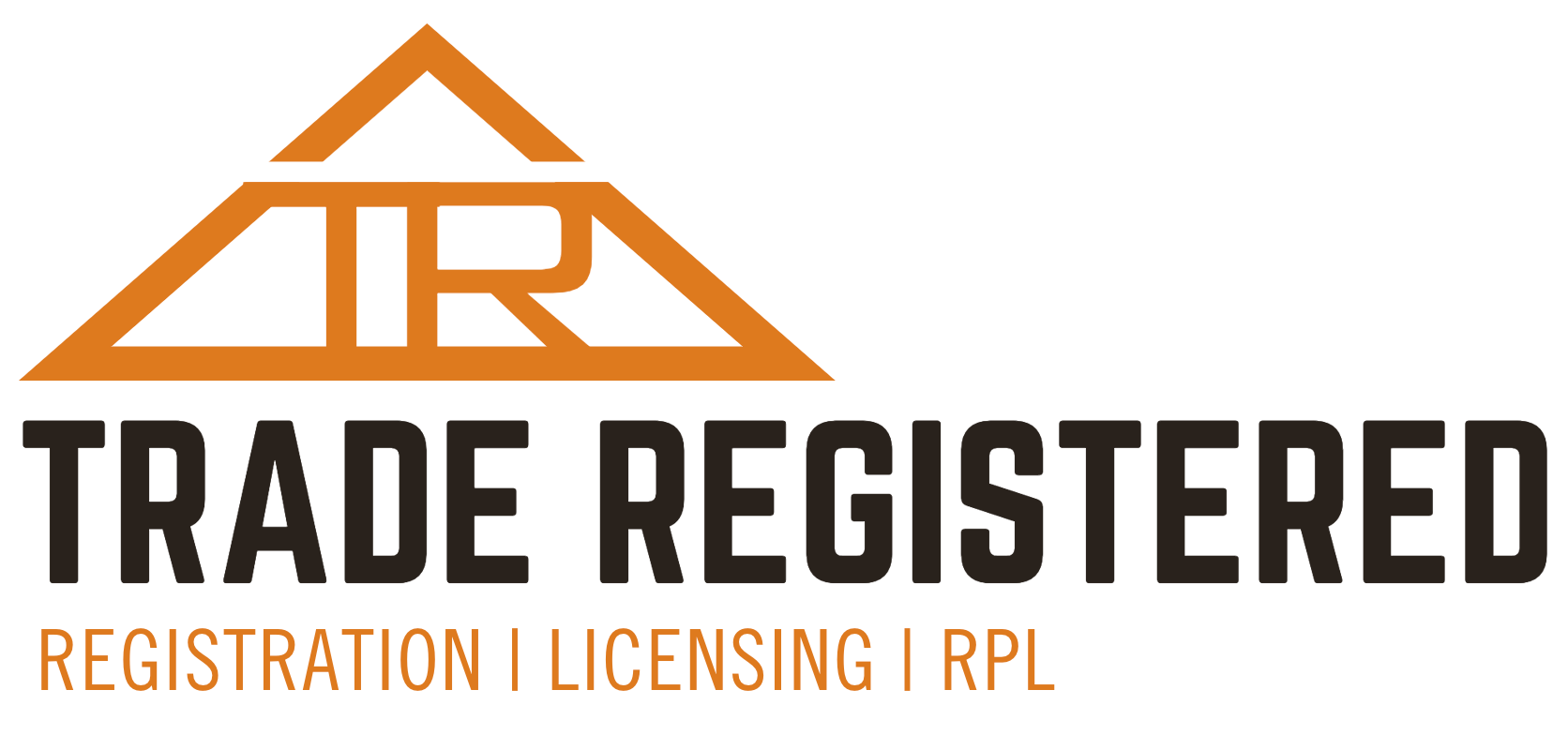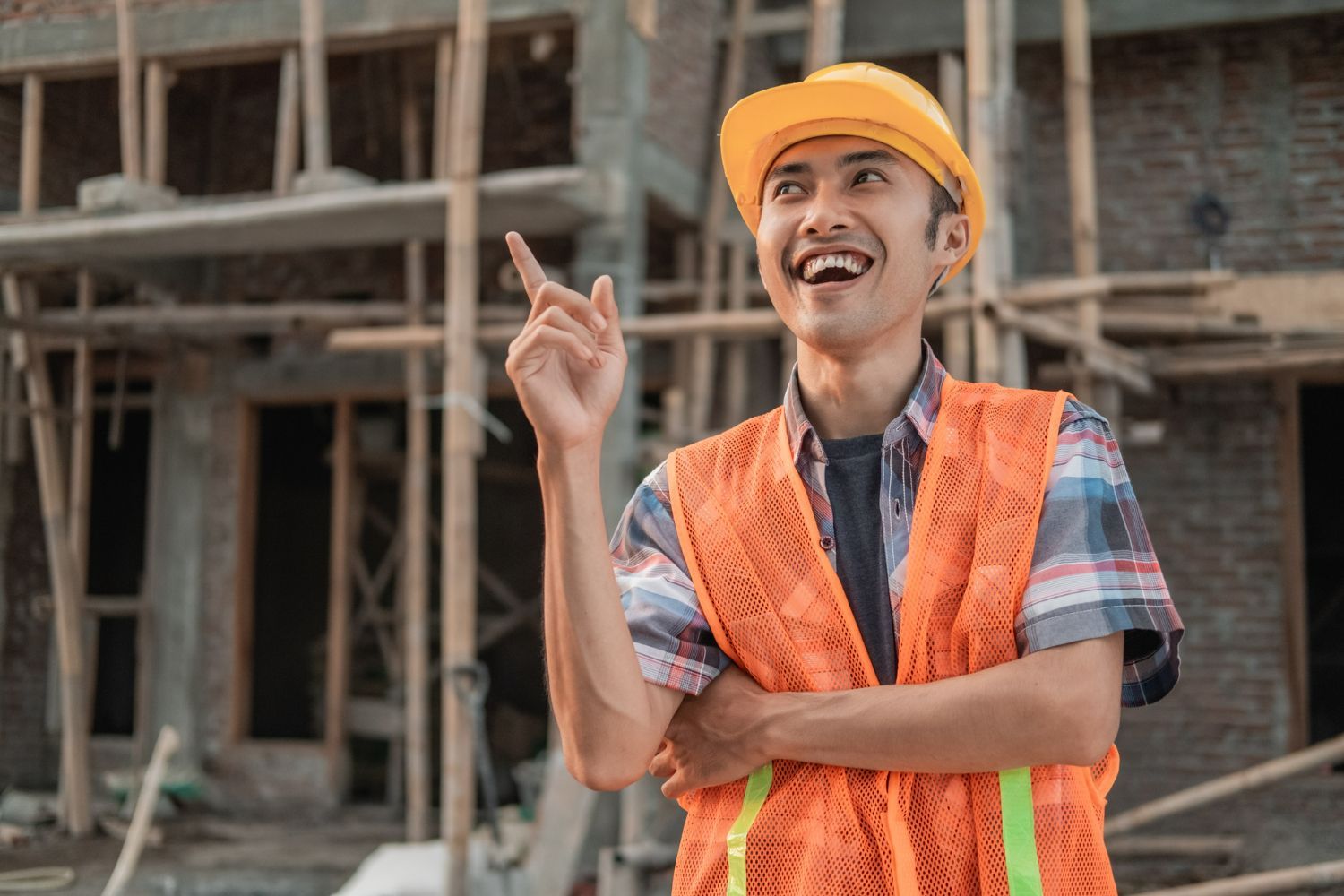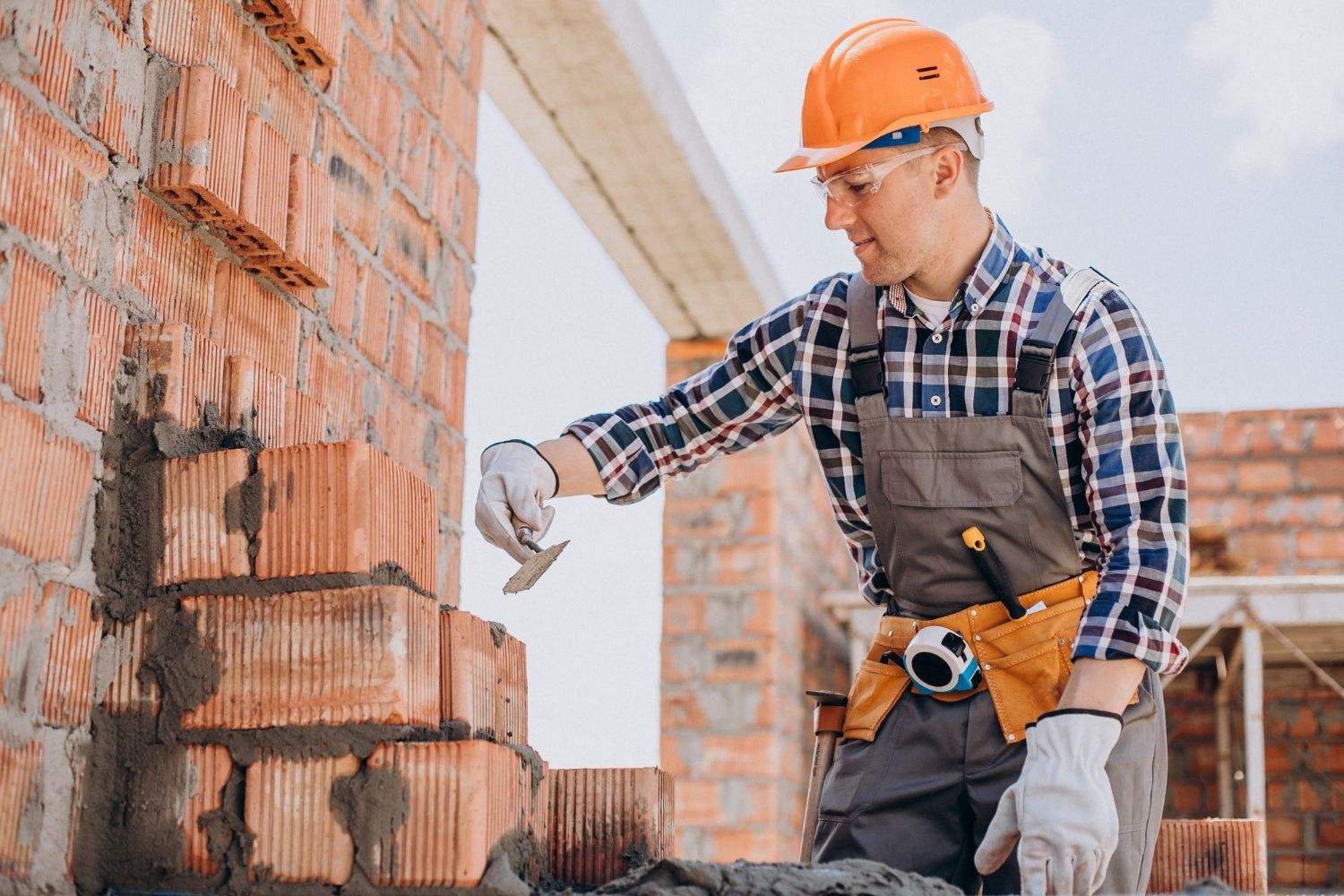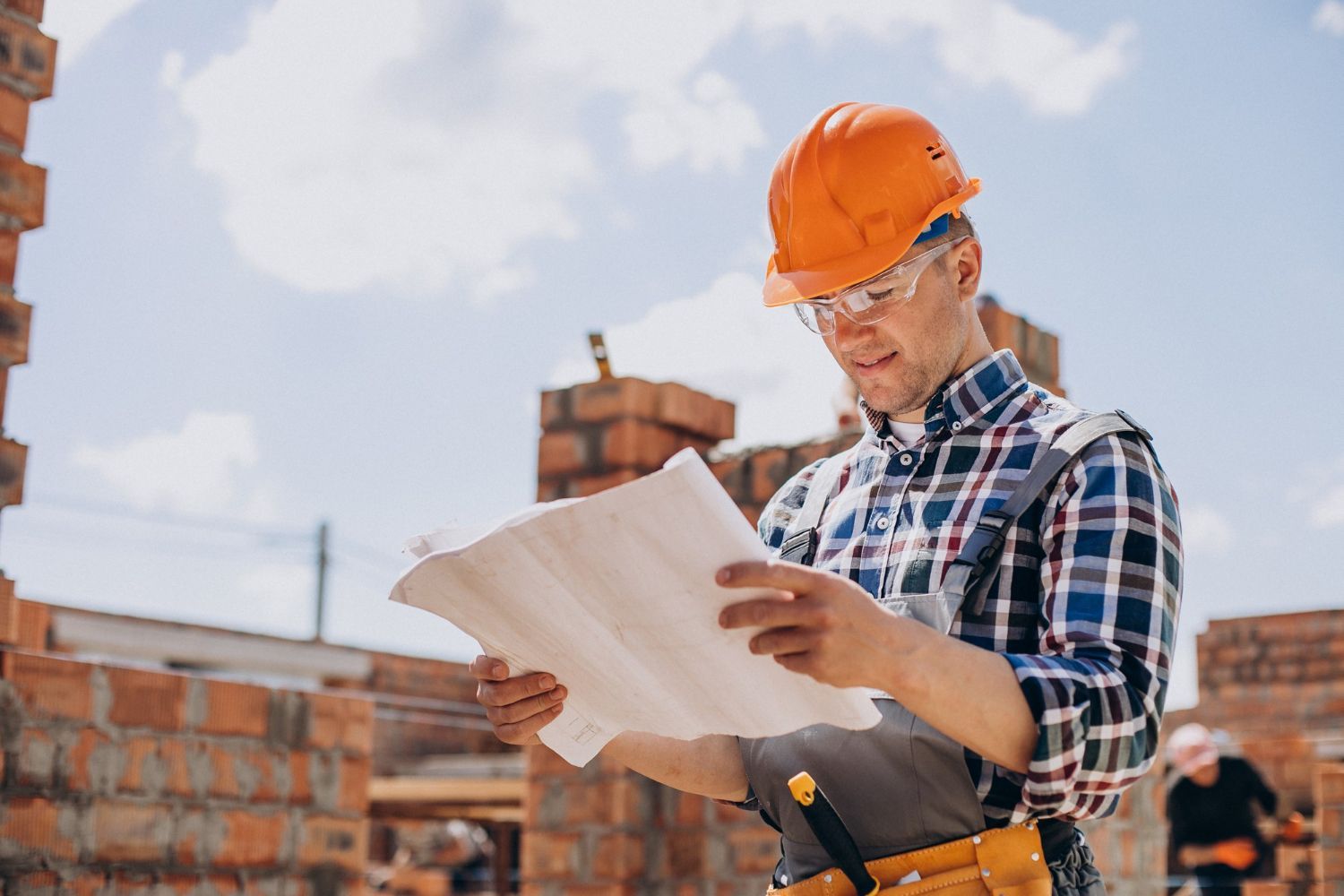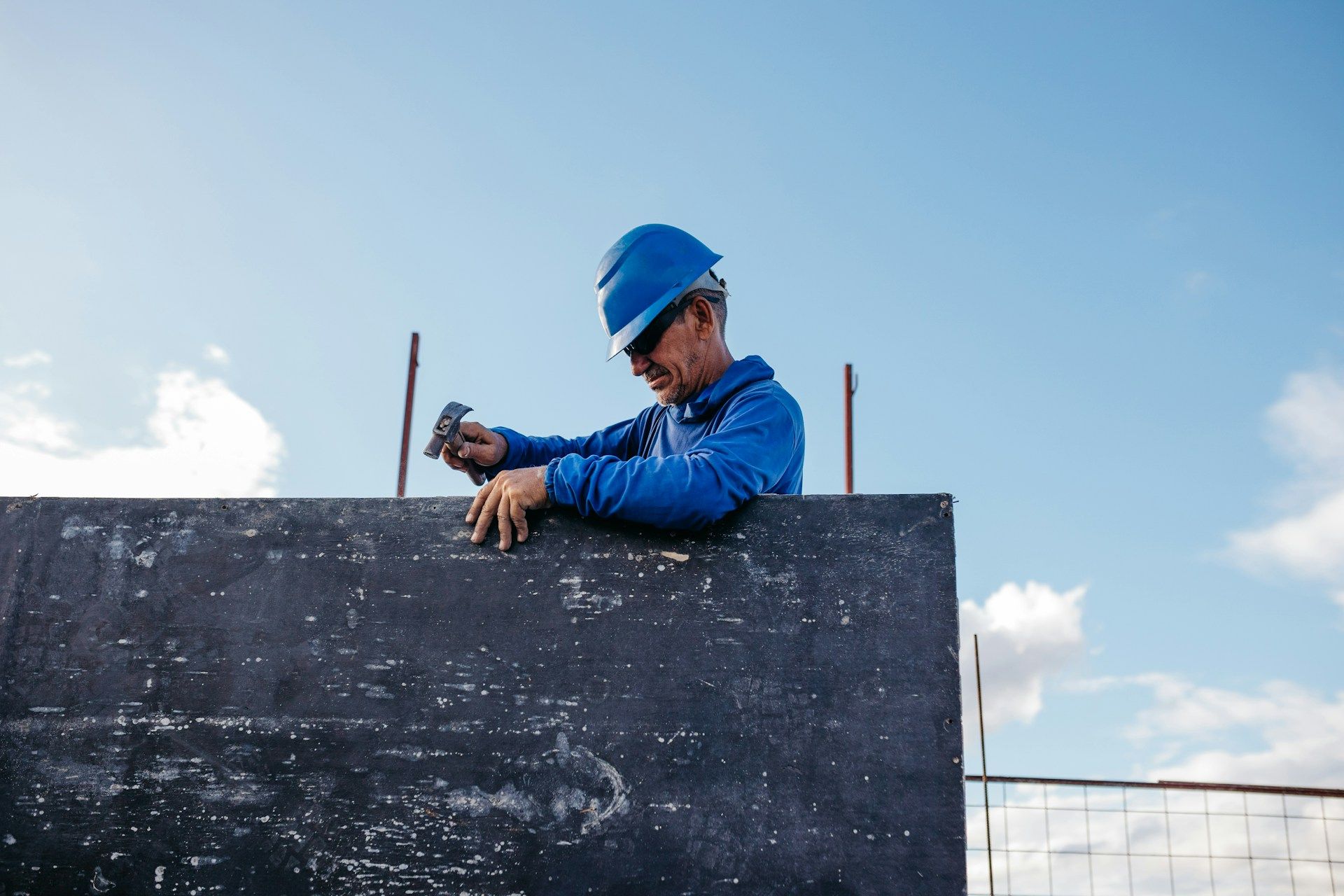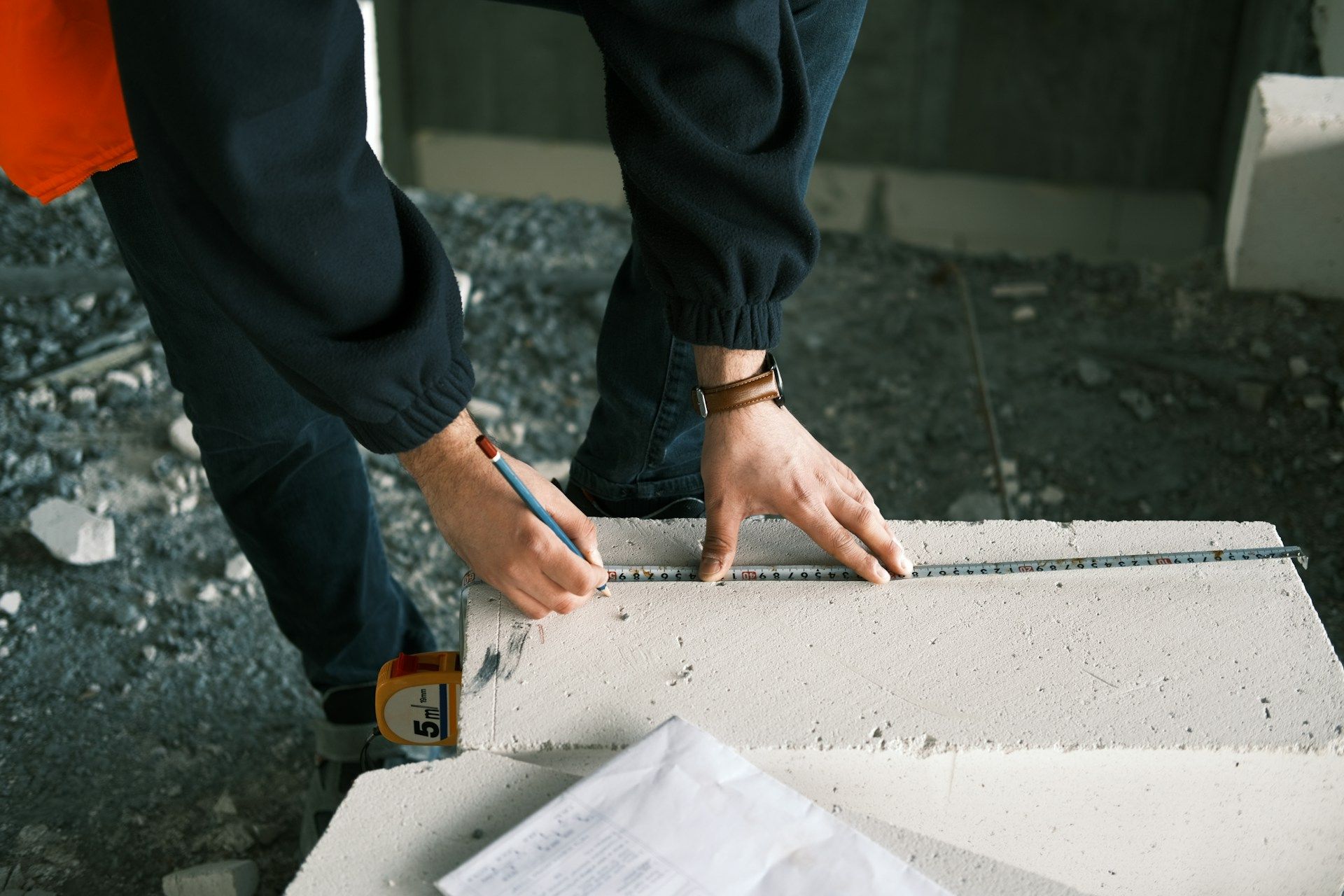How Climate Change Affects Building in Victoria: Susutainable Practices
Climate change is reshaping the way we think about building and construction in Victoria. With weather patterns becoming more unpredictable, builders face the challenge of adapting structures to withstand harsher conditions. This ongoing shift requires considerable attention to the materials and designs used in creating future-ready buildings.
Builders in Victoria must consider the long-term durability of their projects, choosing materials that can endure extreme weather. Alongside material choices, building designs are evolving to include features that improve resilience against natural forces. The shift is not just about maintaining structural integrity; it's about creating buildings that are sustainable and reduce environmental impact.
Changes in regulations are emerging as climate concerns grow, adding another layer of responsibility for builders. These new standards are encouraging the use of innovative materials and designs that promote sustainability. Keeping abreast of these changes ensures builders remain compliant while playing a crucial role in addressing climate change challenges.
Impact of Climate Change on Building Materials
Climate change significantly affects the durability and suitability of building materials in Victoria. As temperatures rise and weather becomes more erratic, traditional materials may no longer suffice. Builders need to reconsider material choices to ensure longevity and safety.
Higher temperatures can cause materials like wood to expand and contract more than usual, leading to warping or cracking. Increased rainfall and humidity can accelerate corrosion in metals and degrade concrete over time. Thus, selecting materials that resist these conditions is crucial for maintaining the integrity of buildings.
Key changes needed in material selection include:
- Enhanced Insulation: Use materials with better thermal resistance to maintain indoor comfort in extreme temperatures.
- Weather-resistant Coatings: Apply coatings that protect against water infiltration and UV radiation.
- Sustainable Building Materials: Opt for materials like engineered wood or recycled steel to improve resilience and lower environmental impact.
By choosing the right materials, builders can create more durable structures that withstand the challenges posed by a changing climate. This proactive approach not only preserves building quality but also contributes to cost savings in repairs and maintenance.
Adapting Building Designs for Extreme Weather
As weather patterns grow more intense, building designs must evolve to face these new challenges. Designing for resilience involves creating structures that can handle everything from cyclones to bushfires without compromising safety or functionality.
Architectural innovation plays a key role in adapting designs. Builders are incorporating features that enhance a building's ability to withstand extreme weather. For instance, roofs are often engineered to handle heavier loads from rain or snow, and window designs include storm-guard features to prevent breakage from high winds.
Some strategies to consider include:
- Flexible Structures: Use designs that can adapt to shifting conditions, like bendable frameworks that absorb wind energy.
- Elevated Platforms: Construct buildings on higher platforms in flood-prone areas to prevent water damage.
- Wind-resistant Elements: Implement aerodynamic shapes and reinforced exteriors to reduce wind impact.
These design adaptations not only protect buildings but also safeguard occupants during severe weather events. Builders equipped with these strategies are better prepared to face the demands of climate change and create structures that offer both protection and peace of mind.
Regulatory Changes Due to Climate Concerns
Climate change has prompted significant updates to building regulations in Victoria. These regulatory changes aim to address environmental challenges while ensuring safety and sustainability in construction practices. Builders must understand these changes to comply with local laws and to create structures that meet modern standards.
Victoria’s building codes are increasingly focused on reducing carbon emissions and improving energy efficiency. New regulations might require the use of energy-efficient materials or techniques that minimise environmental impact. For instance, builders may need to install solar panels or use renewable resources in construction.
Key regulatory aspects include:
- Energy Efficiency Standards: Stricter rules on insulation, heating, and cooling systems to reduce energy consumption.
- Water Management Requirements: Mandates on water-saving features like rainwater tanks and efficient fixtures.
- Sustainability Certifications: Encouragement for builders to achieve green building certifications for their projects.
Keeping up with these regulations not only ensures legal compliance but also enhances the market value of properties and aligns with community values. Builders play a crucial role in pushing forward eco-friendly initiatives that make a positive impact on the environment.
Sustainable Building Practices and Techniques
Sustainability in building practices is more relevant than ever as we face the impacts of climate change. Builders have a unique opportunity to implement eco-friendly techniques that help reduce their carbon footprint while contributing to environmental protection.
Adopting sustainable practices can be straightforward and highly effective. Here are some strategies to consider:
- Use of Recycled Materials: Incorporate recycled steel, glass, and other materials to minimise waste and pollution.
- Smart Building Technologies: Install monitoring systems that optimise energy use and reduce waste.
- Passive Design Principles: Utilise design elements that naturally regulate indoor temperature, such as strategic window placement for maximum daylight.
By integrating these techniques, builders not only enhance the sustainability of their projects but also contribute to the health and wellbeing of occupants. This approach supports a future where buildings coexist harmoniously with the environment, offering a legacy of thoughtful and responsible construction.
Building a Resilient Future
The effects of climate change present ongoing challenges for builders in Victoria. However, by adapting materials, designs, and practices to meet these challenges, builders can lead the charge toward more resilient and sustainable construction. It is crucial to stay informed about evolving regulations and to incorporate advanced techniques that promote eco-friendliness in every project.
Victoria's building landscape is gradually transforming to emphasise sustainability and resilience. This shift creates opportunities for builders to showcase innovation and leadership in eco-friendly construction. By continuously learning and adapting, the industry can contribute meaningfully to climate change mitigation efforts while delivering high-quality, future-proof buildings.
Join us at Trade Registered to start your journey towards becoming a licensed builder who is equipped to handle the demands of climate-conscious building. Whether it's navigating new regulations or learning sustainable practices, Trade Registered is here to support your goals every step of the way. Embrace the change and make a lasting impact in the construction industry.

